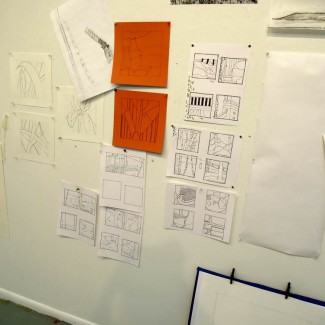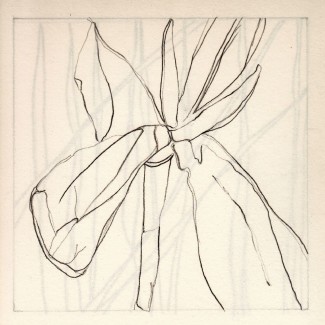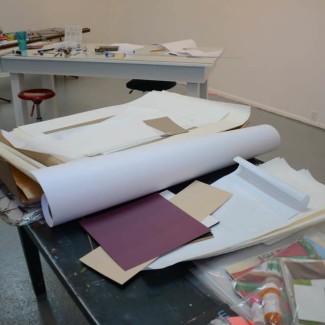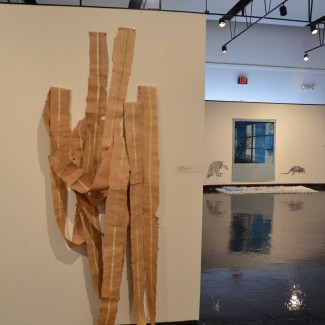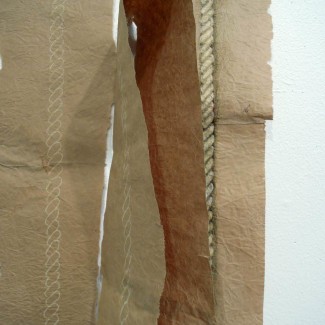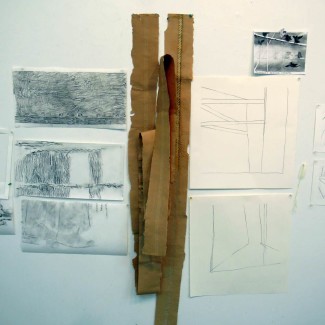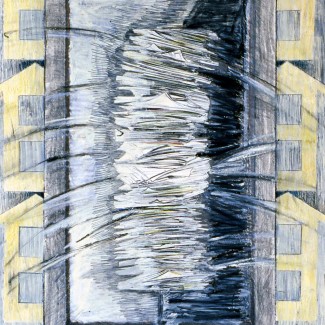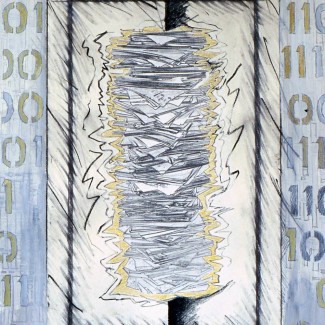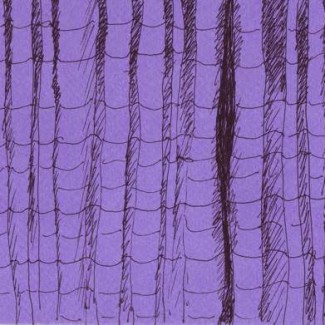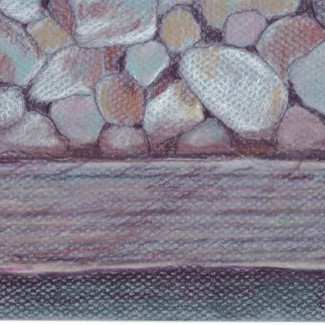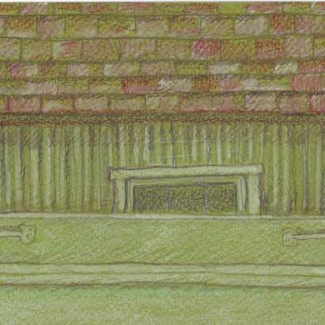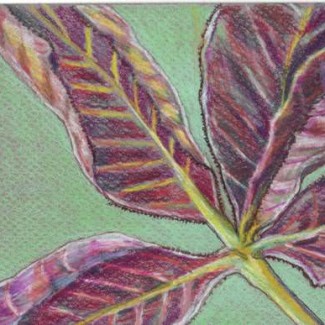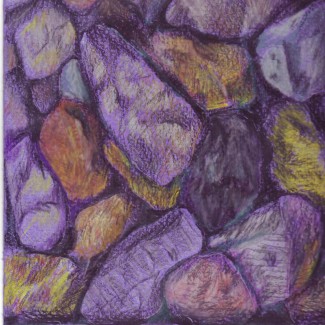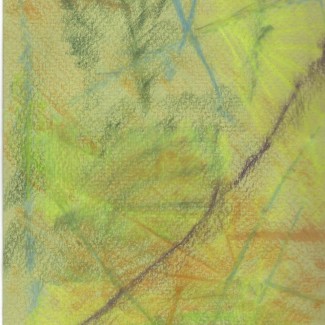Drawings
Drawing has always been part of my academic and art practice from doodling to more elaborate finished artworks. Drawing for me is about inquiry thinking in experiencing and knowing the world, skills to develop thinking through investigation of hand eye coordination and focusing of details, and memory as the actions of drawing leaves a residue on a surface that often force the past to meet the present and the present to meet the past. Rebecca Chamberlain, a psychologist at University College London argues that “drawing seems to involve focusing on both holistic proportional relationships as well as focus on detail isolated from the whole. I like the challenge of being the ability to switch between these two modes of seeing that underpins successful drawing.” Drawing for me is like a game for my mind as I focus on scaling a drawing to fit the paper and anchor objects into their surroundings by showing the objects relationship in space on a two dimensional surface. In addition, I also paying attention to the distance between elements of the object and on their relative sizes, concentrating on the size and shape of negative spaces, and thinking of “lines” as boundaries between light and dark areas.
“We would perhaps find the answer in the tactile palpation where the questioner and the questioned are closer.” ―Maurice Merleau-Ponty, 1968 The Visible and Invisible. pg.33
Drawing from Observation
Drawing form observation is about seeing, technical skill, poetic voice and expression. When I think about drawing I explore why I draw, and why I draw what I draw, and see what lessons I learn from that exploration. Observational drawing ability for me relies on three factors: how I perceives reality, how well I remembers visual information, and which elements of an object I selects to actually draw.
Rope Technology: Coefficient of Friction
The artwork was the result of attending a presentation on the art and science of rope making at Kings Saddlery in Sheridan Wyoming near the Don King Museum. Rope is made at King’s Saddlery in 65 foot lengths and a variety of tensions. There is left handed rope and right handed rope, Z-twist rope is said to be right-handed, and S-twist to be left-handed. Ropes have tensile strength and can be used for dragging and lifting. The twist of the strands in a braided rope serves not only to keep a rope together, but enables the rope to more evenly distribute tension among the individual strands. Leonardo da Vinci drew sketches of a concept for a rope making machine, but it was never built.
Spiral Collective
Objects of childhood can serve as both self and external reality as they create a relationship between things and thinking. Intrigued when I was younger, by layers of histories embedded in the old hanging prescription files in the back of my father’s pharmacy in the 1960s, and inspired by the forms that these stacked prescription slips created, this series of mixed media drawings explore childhood memories of an early database system. Old prescriptions were punched onto a wire as a file system with a piece of cardboard used as a monthly placeholder for ease of searching. A wooden clip was used in the search and to hold the placement of prescriptions needed for refilling. Kopytoff (1986) states, “In doing the biography of a thing, one would ask questions similar to those one asks about people: What, sociologically, are the biographical possibilities inherent in its ‘status’ and in the period and culture, and how are these possibilities realized” (66)? By tracing the ideas and the emotions that are connected to these objects I engage in an active partnership, which long ago, spoke to the identity and narratives of a community. These drawings use pencil, collage, pencil, ink, and paint to investigate and redirect attention to the interface of an older cataloguing system, thus provoking the viewer to consider how an individual and a community’s histories are organized, revealed, and translated.
Edges
I enjoy looking at bounder edges of forms and shapes when I being a drawing. This allows me to see the parts and the whole simultaneously. As Margaret Atwood says, Border Crossings is just that – “it travels without a passport, sneaks across boundaries, joins disparate elements together. A peddlar’s packsack of the intellect, stuffed with all good things.” I began observing the landscaping edges at the artist residency at VCCA. These edges were specifically design to handle the flow of water across the different zones of rock, boarder edge, and grass. Edges do much of the work in suggesting depth but often go unnoticed. Contour drawing is the place where most novices start, following the visible edges of a form or shape. The contour describes the outermost edges of a form, as well as dramatic changes of plane within the form. Contours in map-making is a path across a surface linking points of the same height. This type of cartographic contour has much in common with an artist’s ‘cross contours’, which are drawn to describe imaginary lines that cut across the form. Contour lines are useful lines an artist uses to indicate the edge of a form in a drawing.
Pagoda Summer Garden (ongoing)
I have over the many years come to the Pagoda Garden in Norfolk Virginia to photograph, draw, and practice Tai Chi. The Marine Observation Tower in Norfolk Virginia, now called The Pagoda, was a gift to the Commonwealth of Virginia and the City of Norfolk from the Taiwan Provincial Government in 1983. In 1989, the two-story octagon structure was built on and around the pillars that previously supported a 500,000 gallon molasses storage tank and the gravel acreage we landscaped. Materials for the tower were manufactured in Taiwan, and shipped to Norfolk where the Pagoda was assembled by artisans from Taiwan.
The Pagoda Garden has evolved over the years and provides a poetic space to walk, photograph, draw, or write poetry. In 2010 a series of drawings with companion, Haiku poems grew out a spontaneous collaborative effort with longtime artist friend and poet Gloria Bersi. A traditional Japanese haiku is a three-line poem with seventeen syllables, written in a 5/7/5 syllable count. The poems often focusing on images from nature, and emphasizes simplicity, intensity, and directness of expression. The resulting observational drawings by me and Haiku poems by Gloria Bersi are assembled in a book, which can be previewed at http://www.blurb.com/books/1611209-pagoda-garden-summer
A collection of Pagoda photographs from summer 2009 https://www.flickr.com/photos/mtillander/sets/72157620605352914/
A collection of Pagoda drawings from summer 2010 https://www.flickr.com/photos/mtillander/sets/72157624052514779/
A collection of pagoda drawings from summer 2011 https://www.flickr.com/photos/mtillander/sets/72157627659013381/
A collection of Pagoda photographs from summer 2012 https://www.flickr.com/photos/mtillander/sets/72157630106521890/
